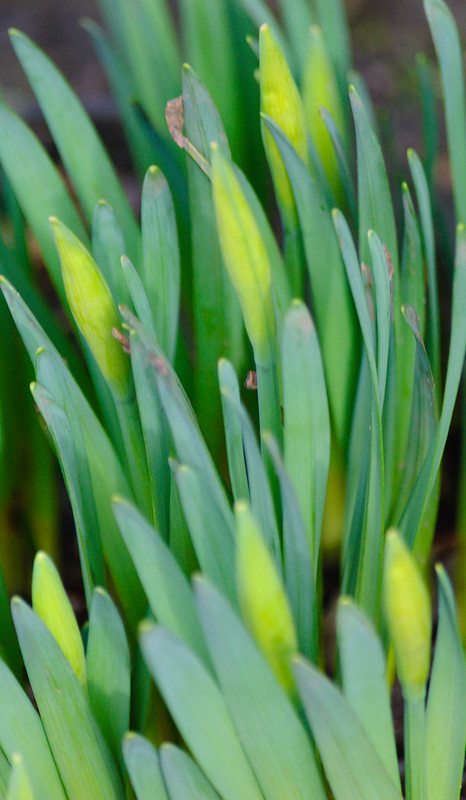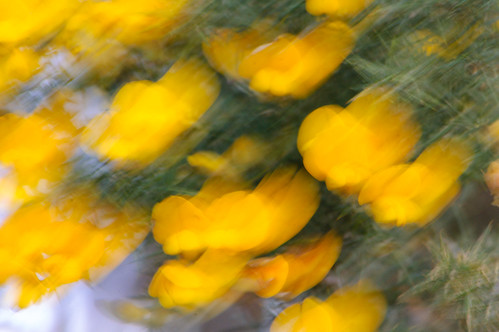Middle of the month, and daffodil clumps developing buds of the flowers which were not yet open.
Categories
Categories
Rooted (yew, West Park)
Categories
Flock of Seagulls, West Park
Categories
Gorse flowers, breezy day
Categories
Lookout, over icy boating lake
Categories
Footprints in light snow (squirrel?)
Taken only a few yards from the pictures in the previous post, this image shows footprints from a set which were also leading to the shore of the frozen West Park lake. Possibly made by one of the resident squirrels, but this pair cayght my eye because they looked like they had been made by impossibly tiny human feet.






